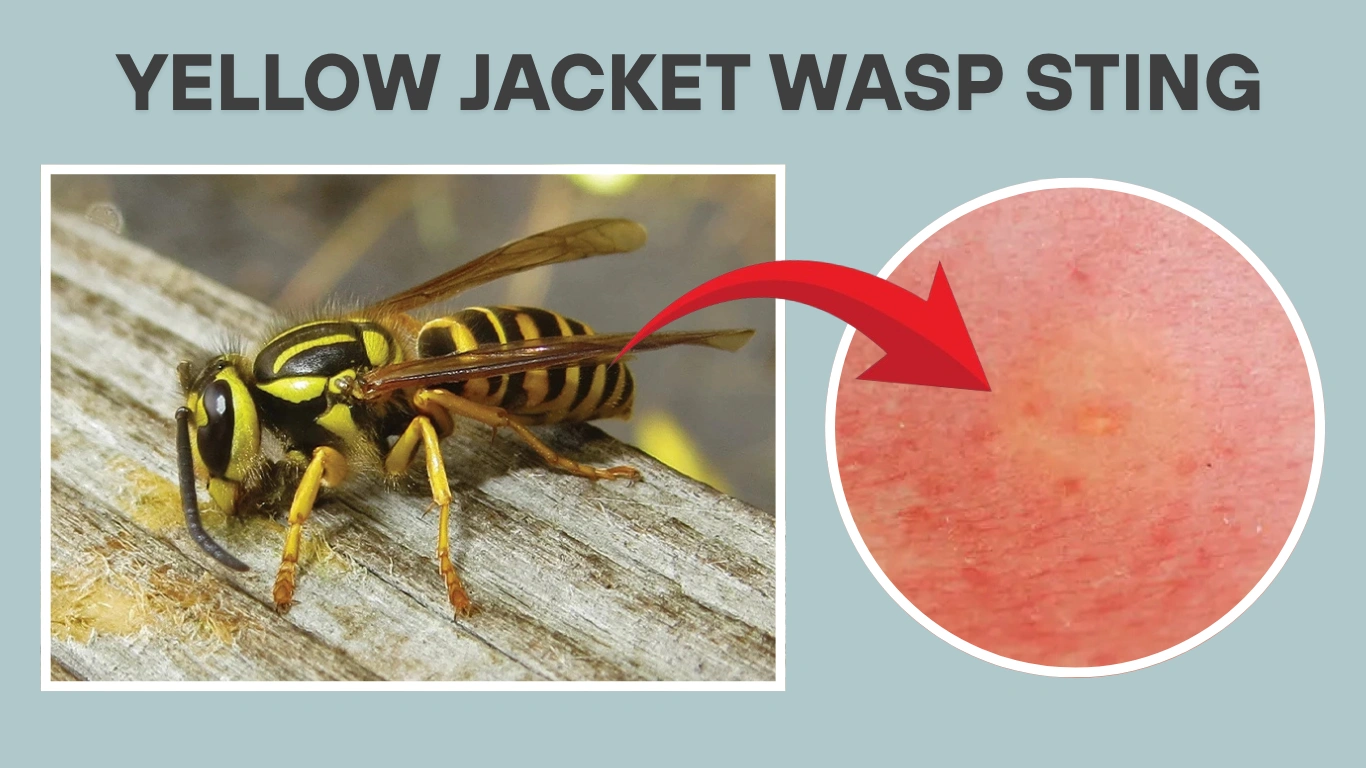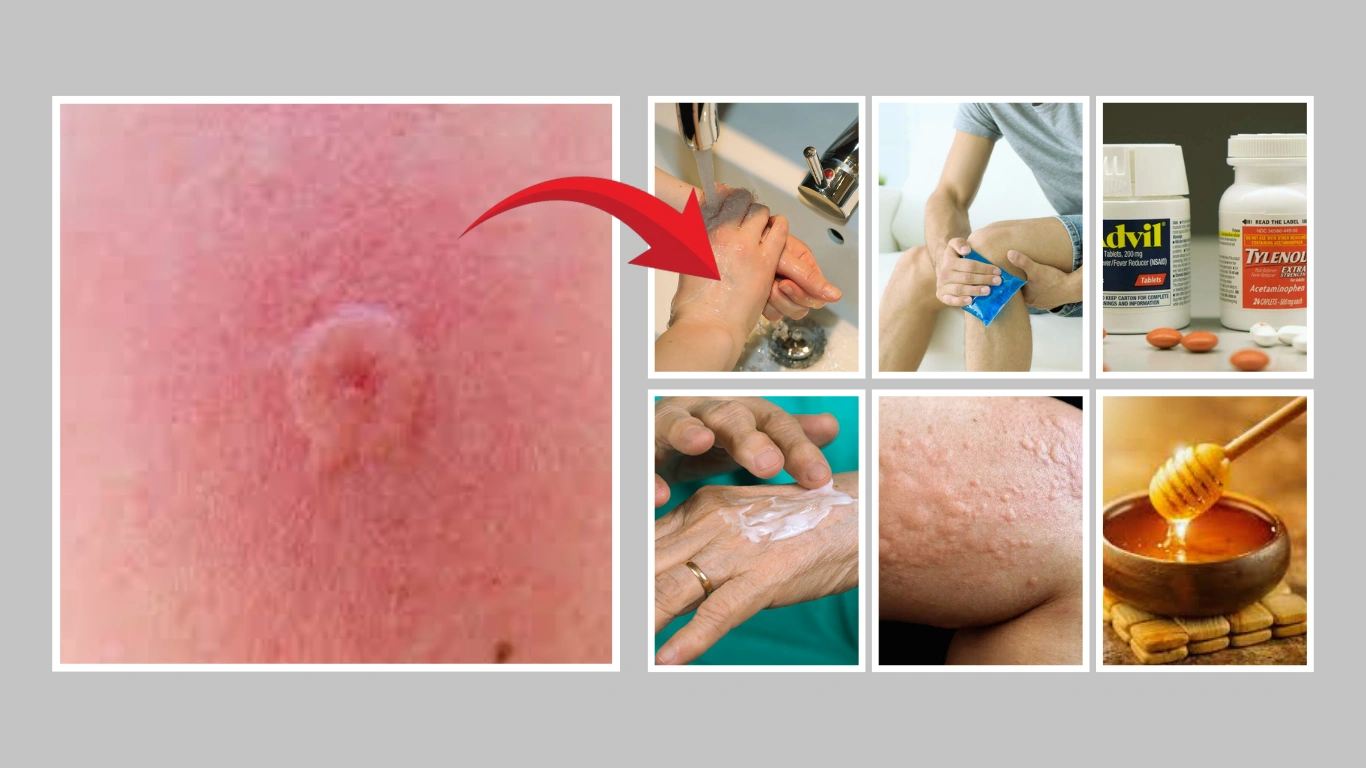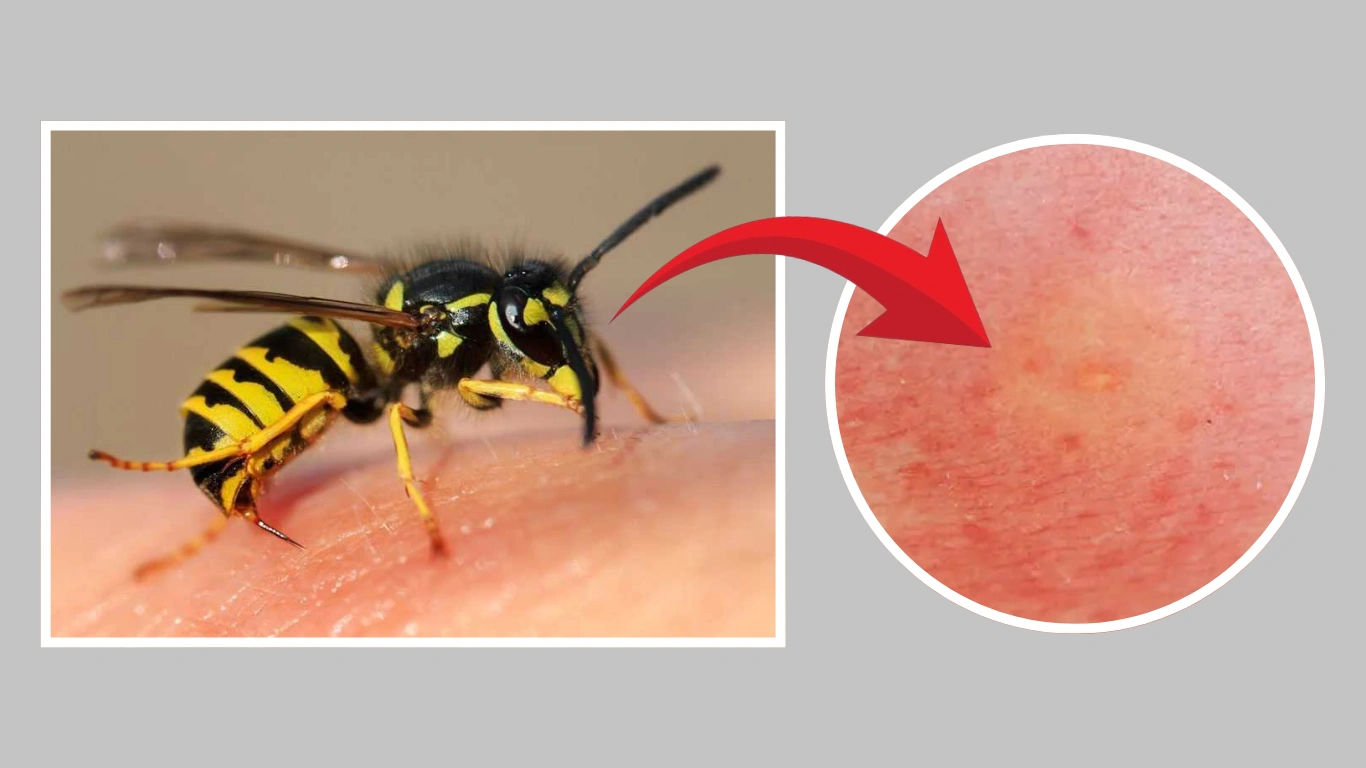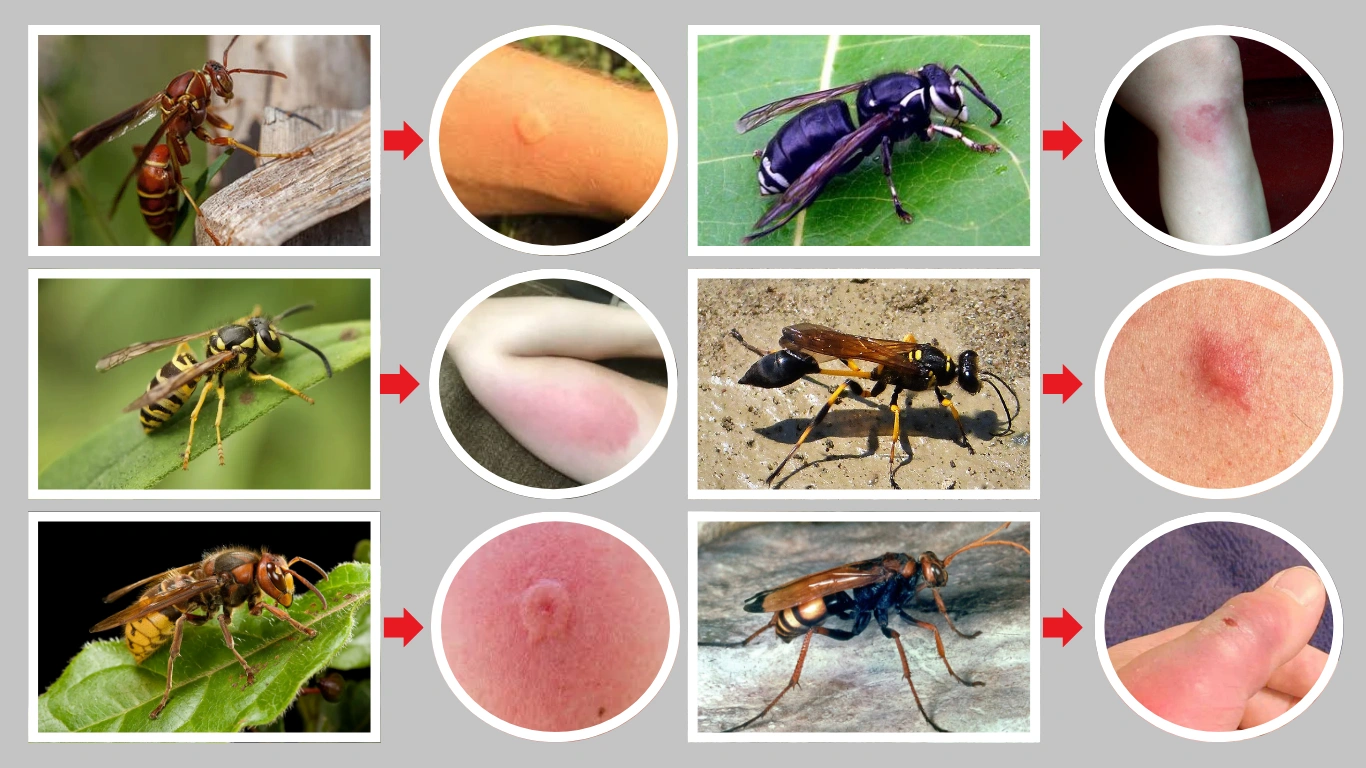I’ve seen many wasp stings—some on myself and some on others while working outdoors. Most times, they hurt a lot but go away in a day or two. But sometimes, the swelling lasts longer. If your wasp sting is still swollen after 48 hours, it can be worrying. Here’s what I’ve learned about the timeline and how to handle it.
What Happens Right After a Wasp Sting?
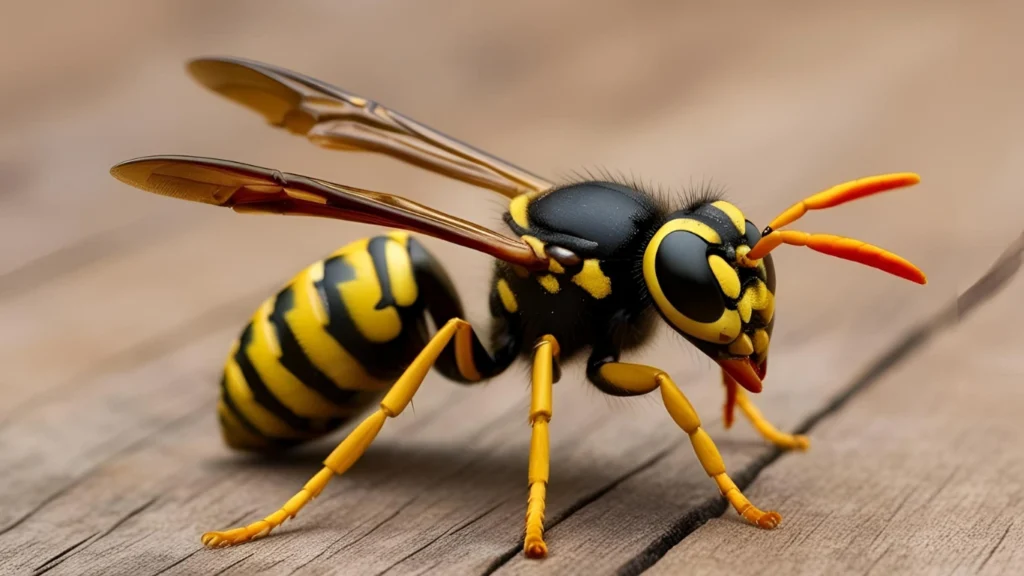
Wasp stings are painful. The sting happens quickly, and the pain starts right away. The wasp injects venom into your skin. This causes an instant reaction.
First 15–30 Minutes
- You’ll feel a sharp, burning pain.
- The area turns red and may show a small bump.
- It can be itchy or warm.
1 to 6 Hours Later
- Swelling starts to grow.
- The skin may look redder.
- The pain starts to fade a little, but the area may throb.
Swelling Timeline: What to Expect Over Time
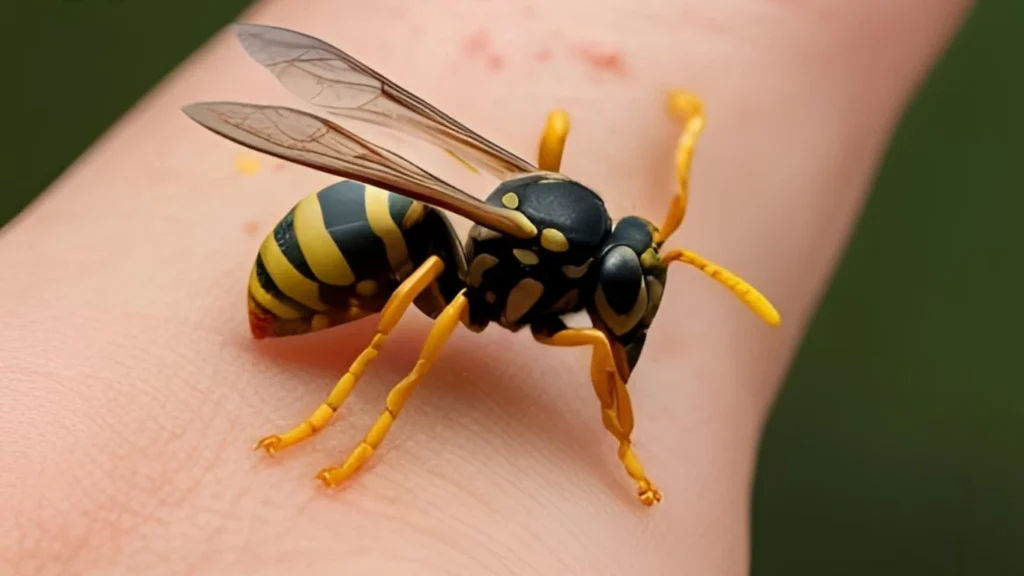
Let me break down what usually happens after a wasp sting, step by step. Everyone is different, but this is what I’ve seen most often.
Within 6 Hours
- Mild to moderate swelling
- Redness and warmth
- Slight itch or burning
6 to 24 Hours
- Swelling increases around the sting site
- Skin feels tight or puffy
- Itching becomes more common
24 to 48 Hours
- Swelling may reach its highest point
- The area may still be painful
- Itching and warmth continue
After 48 Hours
- In most cases, swelling should start to go down
- If it doesn’t, it might be a delayed reaction or infection
- Watch the area closely
When to Worry: Signs It’s More Than a Normal Reaction
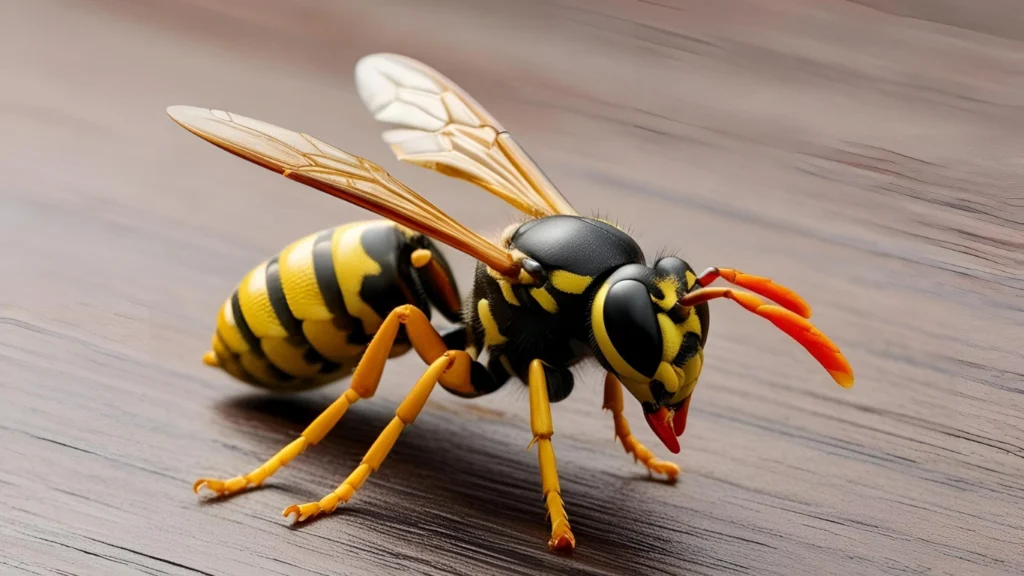
Sometimes, a wasp sting can lead to problems. If your symptoms get worse after 48 hours, it may not be a simple sting anymore.
Look for These Warning Signs:
- Swelling keeps growing beyond the sting area
- You have a fever or chills
- The area becomes very red, hard, or hot
- There’s pus or a foul smell
- Pain gets worse, not better
These signs could mean an infection or an allergic reaction. In my case, we once had to call a doctor because the swelling spread across the arm.
Why Swelling Happens Later
Not all swelling happens right away. Sometimes your body reacts slowly. Here are a few reasons the swelling might still be there after two days.
Immune Response
Your body is still fighting the venom. This can take time and cause more swelling even on day 2 or 3.
Infection
If you scratch the sting, it can get infected. I’ve seen this happen when someone didn’t clean the area well.
Where You Got Stung
Swelling is worse on soft areas like the face, neck, or hands. These areas have more tissue, so the swelling looks and feels bigger.
My Remedies for Wasp Sting Swelling
Here’s what I do when someone in my team or family gets stung. These are simple, home-based methods that help with pain and swelling.
Cold Compress
I apply an ice pack wrapped in a towel for 10–15 minutes. It reduces swelling and numbs the pain.
Baking Soda Paste
Mix a bit of baking soda with water to make a paste. I put it on the sting area—it helps draw out the venom.
Antihistamines
Over-the-counter allergy pills like cetirizine or loratadine can reduce the reaction. I keep these in my first aid kit.
Don’t Scratch
Even if it’s itchy, scratching makes things worse. It can cause infection and more swelling.
Elevate the Area
If the sting is on a hand or leg, I raise it up on a pillow. This helps reduce the puffiness.
When to Visit a Doctor
I always say—if in doubt, call a doctor. Sometimes you think it’s just a sting, but it turns out serious. Here’s when to go:
Serious Symptoms:
- The swelling spreads too far (like across your whole arm)
- You feel dizzy or faint
- Trouble breathing or swallowing
- The skin looks dark, purple, or very hard
We once had to go to the hospital when my cousin’s swelling reached from his hand to his elbow. It turned out he had a mild allergic reaction.
How to Prevent Serious Reactions in the Future
If you’ve had a bad reaction once, it could happen again. I always take these steps when going out:
Prevention Tips:
- Wear long sleeves and pants when in gardens or woods
- Don’t swat at wasps—they sting when they feel danger
- Keep food and drinks covered outdoors
- Use insect repellent when needed
If you know you’re allergic, talk to a doctor. You may need to carry an epinephrine injector (EpiPen) just in case.
Final Thoughts
Swelling after a wasp sting can last more than 48 hours—and that’s often okay. From what I’ve seen, most people get better with time and home care. But always watch for signs of trouble. If anything feels wrong, don’t wait.

